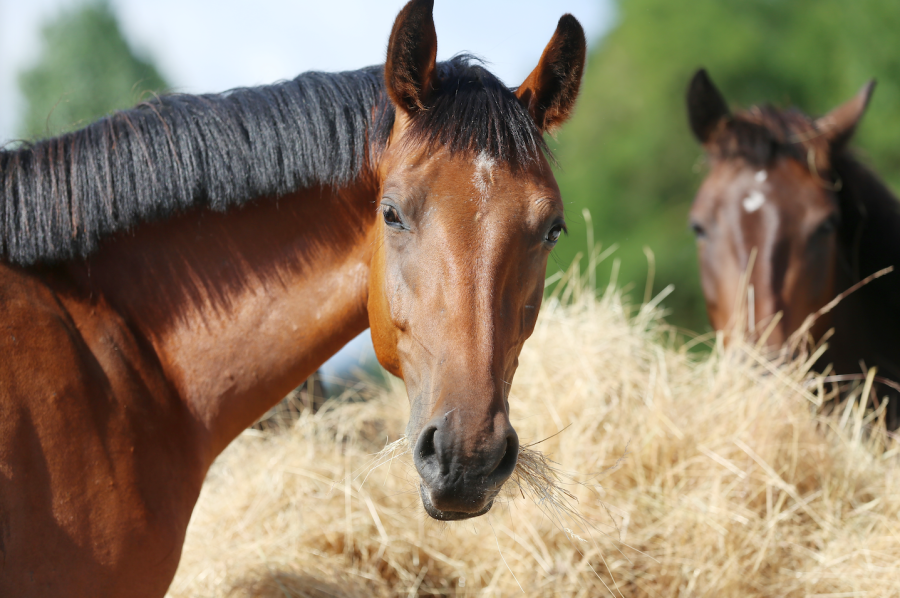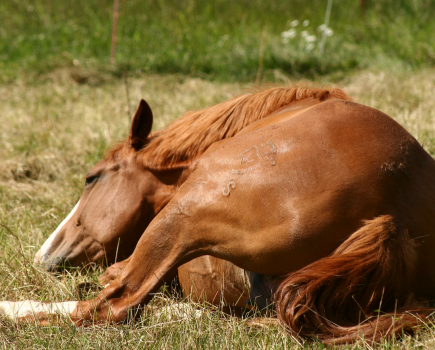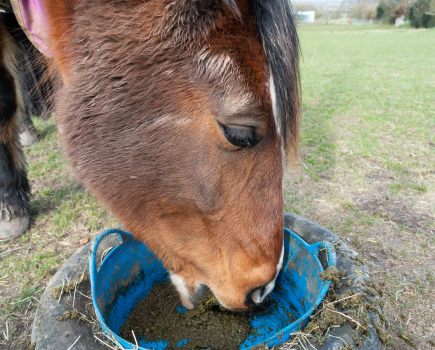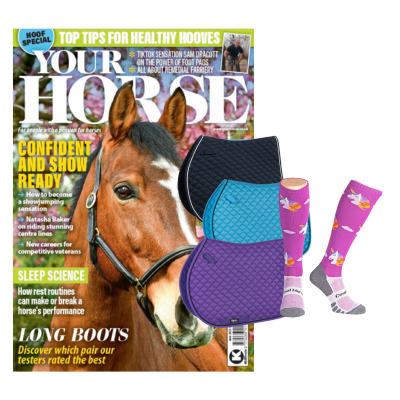It is very easy to provide a horse with a cafeteria style diet, which is an effective way of providing a healthy diet that fulfils their behavioural and health needs.
Given that horses are designed to eat little and often, day and night, modern-day practices with horses stabled for long periods means we struggle to provide this sort of natural diet.
Going too long between meals can trigger a whole host of health and behavioural problems, including boredom, stable vices and gastric ulcers.
According to independent equine nutritionist Nikki Meggison, a cafeteria diet is the ideal solution.
“Cafeteria feeding isn’t complicated,” she states. “It’s basically providing your horse with a selection of forage feeds to pick at, giving them some control over what they eat and when.”
The following video explains how easy it is to tweak your horse’s management to provide a cafeteria diet:
How to implement a cafeteria diet
For horses that are stabled, particularly for long periods like overnight, a cafeteria diet helps to enrich their surroundings by encouraging natural foraging. Here are a few ways you can implement it:
Change their forage
Split hay into two or three haynets and hang them in different places around the stable, as well as some loose on the floor.
“Not only does this help to satisfy your horse’s natural instincts, it extends their forage eating time as they’ll be moving around while they eat — and that’s what they’re designed to do,” explains Nikki Meggison.
A cafeteria diet also helps the horse’s digestive system to work as it should. Bear in mind that equines need to eat for between 16 and 20 hours a day, but many currently don’t.
“Feeding in harmony with your horse’s digestive system and ensuring fibre requirements are met can control, prevent and cure many dietary diseases, including colic and gastric ulcers,” says Nikki.
Feed fruit and veg
Feeding succulents, such as carrots, apples, turnips, beets and soaked sugar beet, is good practice because they have a high water content. This means they add hydration into your horse’s diet.
“Succulents also boost the appetite of fussy eaters or those recovering from illness,” adds Nikki. “Don’t overdo it and cut them into a size and shape your horse can tackle easily, then hide them in their hay for them to find.”
Making a vegetable kebab is another good way to feed succulents when you are cafeteria feeding. Horses and ponies love them. Veggie kebabs help to keep your horse occupied, so they’re particularly useful if they have to spend a lot of time stabled.
Look for added extras
“Processed forages such as dried grass, alfalfa chops or soaked pellets can be used for those horses with reduced chewing ability or to add interest,” advises Nikki.
“A snack ball with high-fibre nuts will keep them eating for longer, so that’s a great addition to their routine too.”
How to prevent overfeeding
“As long as you weigh everything out and use appropriate forages to suit your horse’s body condition, workload and temperament, you should have no problem with overfeeding when providing a cafeteria diet,” says Nikki.
“Feed according to your horse’s weight, condition, age, workload and time of year, and account for any health issues.”
Remember to make any changes to your horse’s diet gradually to minimise disruption to the bacteria in the hindgut and to ensure they have time to adjust to the change in feed. This helps to prevent serious health problems, like colic.
Main image © Shutterstock








